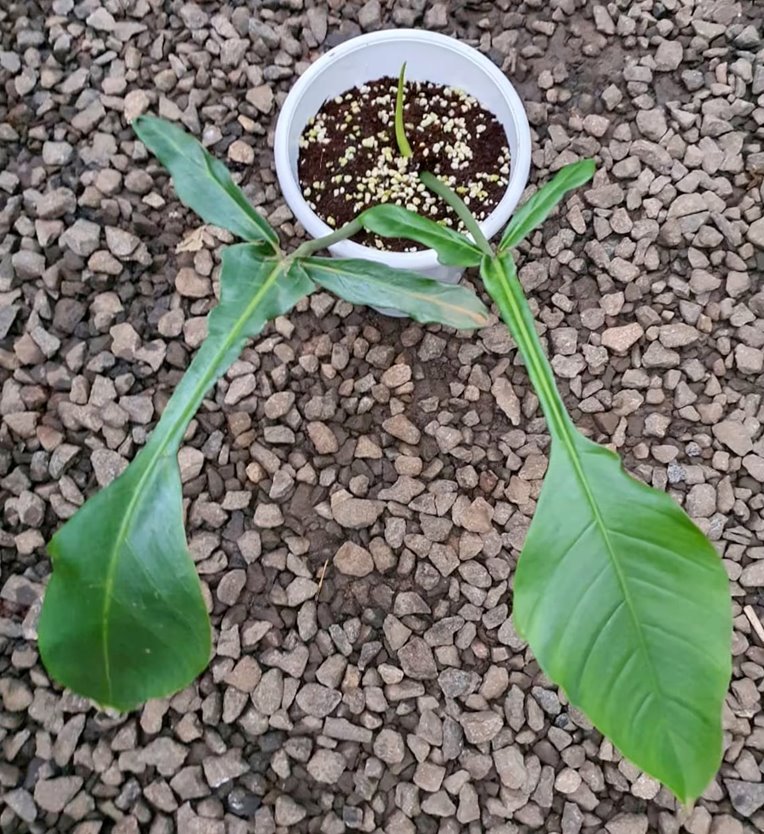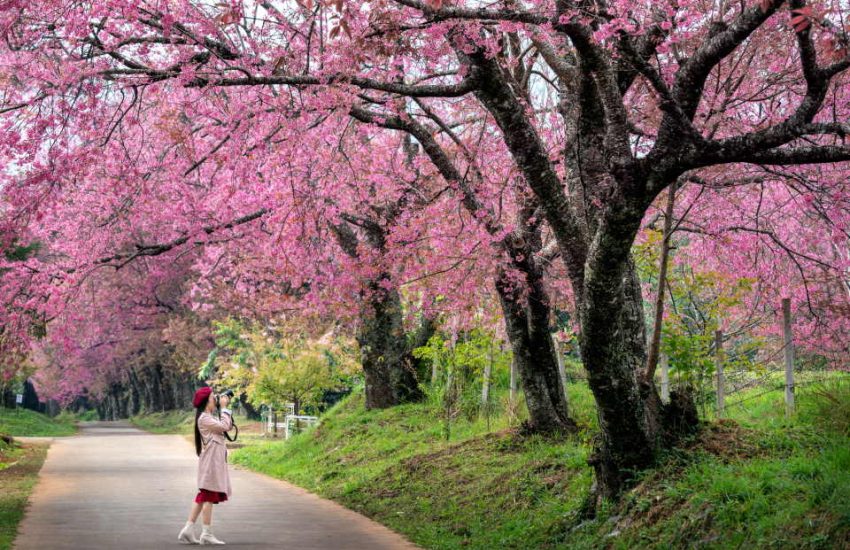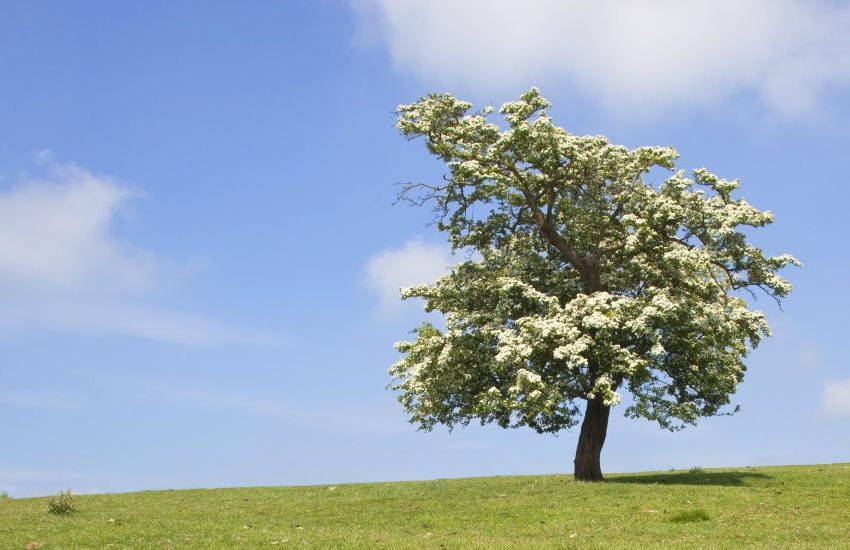Philodendron joepii: How To Plant And Care
Philodendron joepii is an exotic variety of philodendrons used as decorative houseplants to enhance the aesthetic beauty of a place. Philodendron joepii is derived from the Greek words “Philo” meaning love, and affection whereas “dendron” means tree.
Philodendron joepii is an evergreen climbing hemiepiphyte. Hemiepiphytes are plants with two growth phases- terrestrial i.e. living on land and epiphyte i.e. a plant that grows on another plant without being parasitic in nature. Like other philodendrons P. joepii morphs. The plant looks different during the seedling, juvenile, and mature stages of its life.
As of now, the plant is nearly extinct in wild but fortunately, you got the plants in a few plant stores and Botanical gardens. Thus, this makes Philodendron joepii the rarest and the most expensive philodendron. So, let’s read about this stunning plant to know it a little better.

Description of the Plant
Leaves
The leaves of the plant are long, strap-shaped, and go down the ground. The plant is from Araceace family, so it has unusual and glossy leaves. The petioles of the leaves are elongated which helps the plant to receive as much light to require for its growth. And this is possible due to the plant being epiphytic in nature. The leaves of the plants are arranged in alternating patterns on the stem.
During the early stages of life, the leaves of philodendrons are heart-shaped. But after it matures the shape and size of the leaf change and becomes completely different than the previous stages. The leaves of the plant give an illusion as if the edges are eaten by insects.
Roots
The philodendrons have both aerial as well as subterranean roots. The aerial roots help the plant to attach itself to another plant for support and to collect water and nutrient.
Cataphylls
These are small, modified leaves that protect new leaves as they grow. In Philodendrons, cataphylls fall off as the leaves mature.
Flowers
The flowers of the plants consist of spathe and spadix that are white, green, or purple in color.
Stem
Philodendron has large stems that are filled with nutrients. And this is a typical feature of aroid plants growing in tropical regions. The plant could reach up to a height between 1-3 feet.
Philodendrons vs Monstera
Monstera plants are often confused for Philodendrons. So, let’s read about the difference between the two-
Benefits of Philodendron joepii
- P. joepii has beautiful, unusual, and unique leaves. Hence, they make lovely houseplants for plant lovers.
- Philodendron plants are known to improve air quality in the home where it is kept as houseplants. The leaves absorb the carbon dioxide and toxins from the air and make the air fresh and breathable.
- P. joepii is a well-suited feng shui plant that resembles love and affection. Therefore, people love keeping joepii as houseplants due to the positive vibe that the plant emits.
like to read: Hollyhocks Plant, Grow And Care
Is Philodendron joepii toxic?
Like most Philodendron plants, Philodendron joepii is also toxic. In the case of ingestion of plant symptoms like- irritation and burning sensation in the mouth, swelling of lips, tongue, mouth, drooling, loss of appetite, diarrhea, vomiting, and nausea could persist due to the presence of calcium oxalate crystals in the plant.
How to care for Philodendron joepii at home?
Temperature
P. joepii are the natives of tropical regions. So, they undoubtedly prefer tropical conditions to grow well as houseplants. A temperature between 18 degrees Celsius-23 degrees Celsius is desirable for the plant. And the plant does not like cold temperatures. Therefore, do not keep the plant in a room with air-conditioning.
Humidity
Humidity is important for the plant as in wild conditions the humidity level is near saturation. Therefore, it is advised to maintain 60% or more humidity in the room where the plant is kept. In case of low humidity conditions, a humidifier is necessary to keep inside the room.
Light
The plant prefers medium to low light. Although, the plant needs more indirect light it can also tolerate lower indirect light. The plant grows toward sunlight, so they climb against the wall. Thus, the wall must be covered with moss and sphagnum-filled wiring. The plant loves shade. Therefore, make sure that the plant gets enough shade. You can keep the plant on the terrace or indoors.
Soil
P.joepii plant needs damp soil with moisture content in it as this helps the plant root to continuously breathe in fresh oxygen. But also, ensure that the soil is not too wet as this could lead to root rot. The ideal pH for the growth of the plant is 4.5-7.5. The soil mixture required for growing P. joepii is different than most soil mixtures. The mixture should be a combination of poor sand, moss, and roasted husks. And you can also add roots along with gravel to the planting media. It is also recommended to mix perlite and bark through the soil to enhance plant growth as houseplants.
Water
The plant doesn’t need frequent watering. So, watering only 1-2 times a week is sufficient for the plant to grow better. But, it is advised to water your plant according to the plant’s behavior. In case, the soil gets dry and water deficient, water the plant more than a usual recommendation. And make sure that the plant is kept in a moist environment for proper growth of the plant.
Propagation of P. joepii plants
These Philodendrons are generally propagated through stem cuttings. For propagating the plant you can either place them either in water or directly in the soil.
- Make sure to take the cuttings of a healthy and disease-free plant. Then remove all the leaves from the base stem leaving one or two leaves attached to the stem.
- The cuttings must be 5-6 inches long with at least one or two nodes.
- In the case of directly placing the stem in the soil, you can use rooting hormone to fasten the root development in the stem. Place the stem in an upright position to get the plant to stand straight upwards. But if you want to place the stem in the water first then that too will work. The use of rooting hormone is entirely one’s own decision.
- Check the stem carefully for root development. Once you see root initiation on the stem, then carefully transplant the stem into well-drained and moist soil.
Note– Proper root development could take up to several weeks. So, patience is the key for you to get a healthy beautiful plant.
Diseases and Pests of P. joepii
Mealybugs
Mealybugs are the most problematic pests of P. joepii. These insects are soft, wingless, and cotton-ball-looking. They eat the sap of plant tissues which results in the stunted growth of the plant. These insects secrete a sticky substance called honeydew that leads to the growth of sooty mold. The symptoms of mealy bug infestation include discoloration and yellowing of leaves. To prevent the pest from spreading, you can separate the infested plant from others. The application of alcohol using cotton balls to the infected leaves could help get rid of these insects to a large extent.
Aphids
These insects can cause severe damage to plants. The symptoms of the pest infestation include yellowing and curling of leaves, and wilting. To control aphids it is advised to prune the infected leaves along with using organic chemicals. Neem oil mixed with potassium soap should be sprayed on the affected areas to get rid of these insects.
Whiteflies
These are small insects that feed on the plant sap. They feed and defecate on the plant leaves and this leads to many fungal infections.
Leaf spots
Bacterial leaf spots are caused by bacteria. The bacteria penetrate into the leaves through the natural opening and in severe cases could lead to death if remained uncontrolled.
Root rot
The disease is not so common amongst the plant but in case of overly moist soil, the plant may suffer root rot. Therefore, ensure that the plant is not excessively watered.
Conclusion
Philodendron joepii is a unique and beautiful plant with unusual leaves which makes people love keeping it as a houseplant. Caring for this Philodendron is simple and easy than for others. The plant grows well in favorable conditions and its high demand as houseplants makes this rare beauty, an expensive plant in the market.
FAQS
Is Philodendron joepii a climber?
Yes, Philodendron joepii is a climber. It is the native of tropical rainforests of South America that fights for the amount of light it requires for its proper growth and development. Therefore, the plants have to climb as higher it can to absorb the sunlight. The petioles of the leaves are elongated which helps the plant to receive as much light to require for its growth. And this is possible due to the plant being epiphytic in nature.
Is Philodendron joepii a hybrid?
P. joepii is a naturally variegated variety of Philodendron. It is most likely a natural hybrid between Philodendron bipennifolium and Philodendron pedatum.
How was the Philodendron joepii discovered?
Philodendron joepii is derived from the Greek words “Philo” meaning love, and affection whereas “dendron” means tree. The plant is native to South America. It prefers a tropical climate with high humidity and indirect sunlight. The plant was discovered in French Guinea by Joep Moonen, a Dutch botanist in 1991 during an ecological tour of the Maroni River. Therefore, the plant is named after him.
Initially, he assumed that the leaves of the plant were chewed by insects. And after an exhaustive search, he just found only one additional plant. As of now, the plant is said to be nearly extinct in wild but fortunately, it is present in plant stores and botanical gardens and is one of the most demanded houseplants for its beautiful leaves and aesthetic value.


